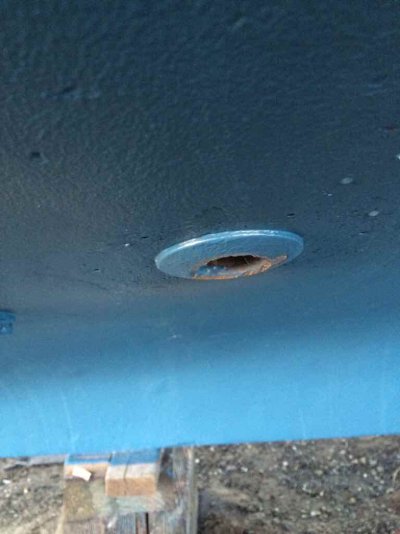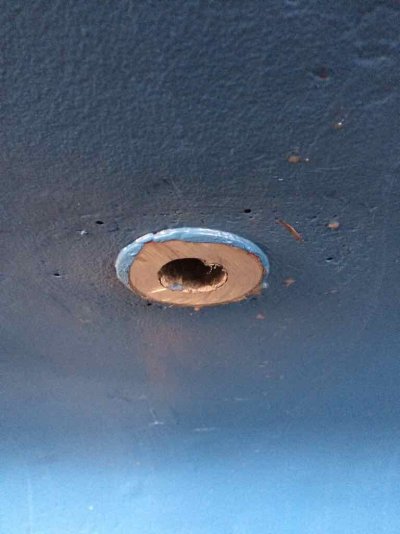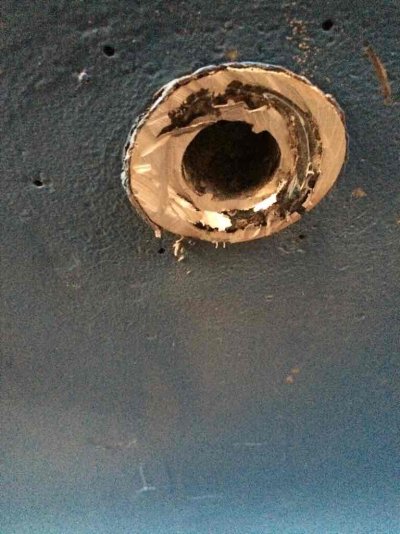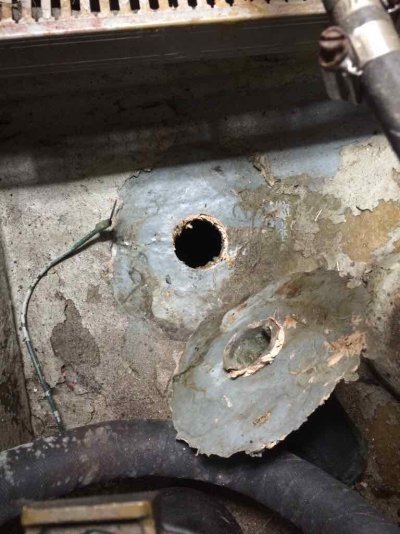skipperdude
Guru
Angus is correct, The Groco SV series of seacocks were very well made. What causes them to be replaced is that the rubber plug swells into the water passage when the valve is closed. The rubber eventually hardens into a bump that makes it hard to turn the valve. Forcing it can cause the rubber to break loose from the shaft. The rubber bump can be sanded off but eventually the rubber fails to seal and the seacock must be replaced.
Skipperdude, the type of corrosion you're talking about is called dezincification. It only happens to high zinc brasses, not low zinc bronzes such as Groco and other name brand seacock manufactures use.
Bronzes are suceptable to electrolysis from stray currents, that is why you bond them to sacrificial zinc anodes.
Bronze seacocks are much stronger than the plastic ones. I wouldn't use the old Forespar Marlon seacocks. The newer design they sell to boat builders looks pretty good, if you want a plastic seacock. While Forespar doesn't market them to the aftermarket, they can be ordered.
hopcar. That's why I said that. Thanks for the term. but I have never been on a boat that had a correct bonding system. If it was it didn't stay that way long. Good chance those 30 year old thru hulls arn't as brassy as they used to be.









